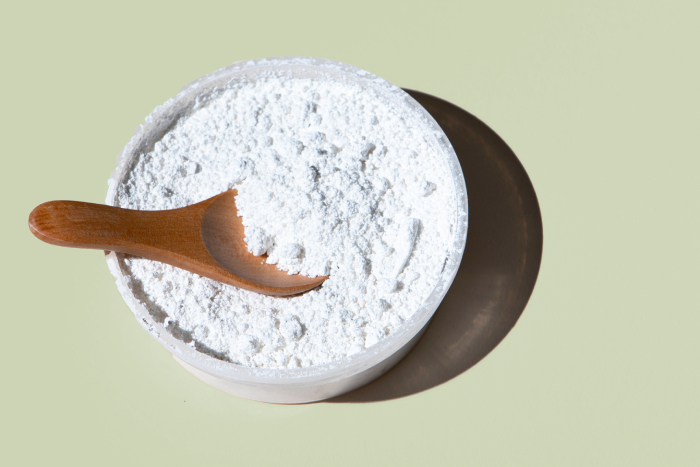New Study Reveals Curcumin’s Neuroprotective Potential
A groundbreaking study recently published in Advanced Science has shed light on the potential of curcumin, a bioactive compound found in Curcuma aromatica (Yujin), to alleviate neuroinflammation and brain damage associated with epileptic seizures. This research, conducted by a collaborative team from the Institute of Genetics and Developmental Biology of the Chinese Academy of Sciences and the China Academy of Chinese Medical Sciences, offers valuable insights into the molecular mechanisms through which curcumin modulates the brain’s inflammatory response.
Epilepsy, a severe neurological disorder characterized by recurrent seizures, not only causes neuronal damage but also activates glial cells, triggering a local immune response. This immune reaction releases pro-inflammatory factors, perpetuating a harmful cycle that exacerbates the condition. Traditional Chinese Medicine (TCM) has long utilized Baijin Pills, which contain curcumin, for epilepsy treatment. However, the precise molecular mechanisms underlying curcumin’s effects on neuroinflammation have remained elusive until now.
The research team discovered that curcumin regulates the protein tyrosine phosphatase receptor type Z1 (PTPRZ1), effectively suppressing excessive neuroinflammatory responses. This regulation reduces brain damage following seizures and promotes neuronal repair. These findings not only enhance our understanding of curcumin’s pharmacological effects but also identify new therapeutic targets and strategies for treating neurological disorders.
Curcumin is widely found in traditional medicinal herbs such as Curcuma aromatica (Yujin), Curcuma longa (Jianghuang), and Curcuma phaeocaulis (E Zhu), which have been used for centuries in China and other Asian countries to treat various ailments. The biological activity and pharmacological effects of curcumin have garnered significant attention in recent years.
This study marks a significant advancement in understanding curcumin’s role in regulating neuroinflammation and lays the groundwork for further research into its therapeutic potential in treating neurological diseases. It also underscores the importance of modern TCM research in elucidating the mechanisms behind traditional remedies and their clinical applications.
Commentary by SuppBase columnist Alice Winters

The recent study on curcumin’s potential in mitigating neuroinflammation and brain damage associated with epileptic seizures is a significant milestone in the field of neurology and natural medicine. As a supplement and health product commentator, I find this research particularly intriguing for several reasons.
First and foremost, the study bridges the gap between traditional wisdom and modern scientific understanding. For centuries, Traditional Chinese Medicine has utilized curcumin-containing herbs for various ailments, including epilepsy. This research not only validates these age-old practices but also provides a molecular explanation for their efficacy. It’s a perfect example of how ancient remedies can be substantiated and refined through rigorous scientific investigation.
The discovery of curcumin’s regulatory effect on PTPRZ1 is groundbreaking. This mechanism of action opens up new avenues for targeted therapies in epilepsy treatment and potentially other neurological disorders. It’s worth noting that while many supplements claim neuroprotective properties, few have such a well-elucidated molecular pathway.
However, it’s crucial to approach these findings with measured optimism. While the results are promising, we must remember that this is a preclinical study. The journey from laboratory findings to clinically approved treatments is long and often fraught with challenges. Many compounds that show promise in early studies fail to translate into effective human therapies.
From a supplement perspective, this research reinforces the potential benefits of curcumin supplementation. However, it’s important to note that the bioavailability of curcumin is notoriously low when taken orally. Future supplement formulations might need to address this issue, perhaps through advanced delivery systems or by combining curcumin with compounds that enhance its absorption, such as piperine from black pepper.
The safety profile of curcumin is generally favorable, which is encouraging for its potential therapeutic use. However, as with any supplement, it’s crucial to consider potential interactions with medications, especially for individuals with epilepsy who are likely to be on anti-seizure drugs.
This study also highlights the importance of exploring natural compounds for drug development. In an era where pharmaceutical companies are constantly seeking new drug candidates, traditional herbal remedies offer a rich source of potential leads. This approach not only honors traditional knowledge but also potentially accelerates the drug discovery process.
From a market perspective, we can expect to see increased interest in curcumin supplements, particularly those marketed for neurological health. However, consumers should be wary of products making exaggerated claims based on this early-stage research.
In conclusion, this study on curcumin’s neuroprotective potential in epilepsy is a significant step forward in our understanding of both the compound and the disease. It exemplifies the value of integrating traditional medicine with modern scientific methods. As we move forward, it will be crucial to follow up with clinical trials to fully understand the therapeutic potential of curcumin in epilepsy and other neurological disorders. For now, while curcumin supplements may offer general health benefits, individuals with epilepsy should consult with their healthcare providers before considering any new supplement regimen.



